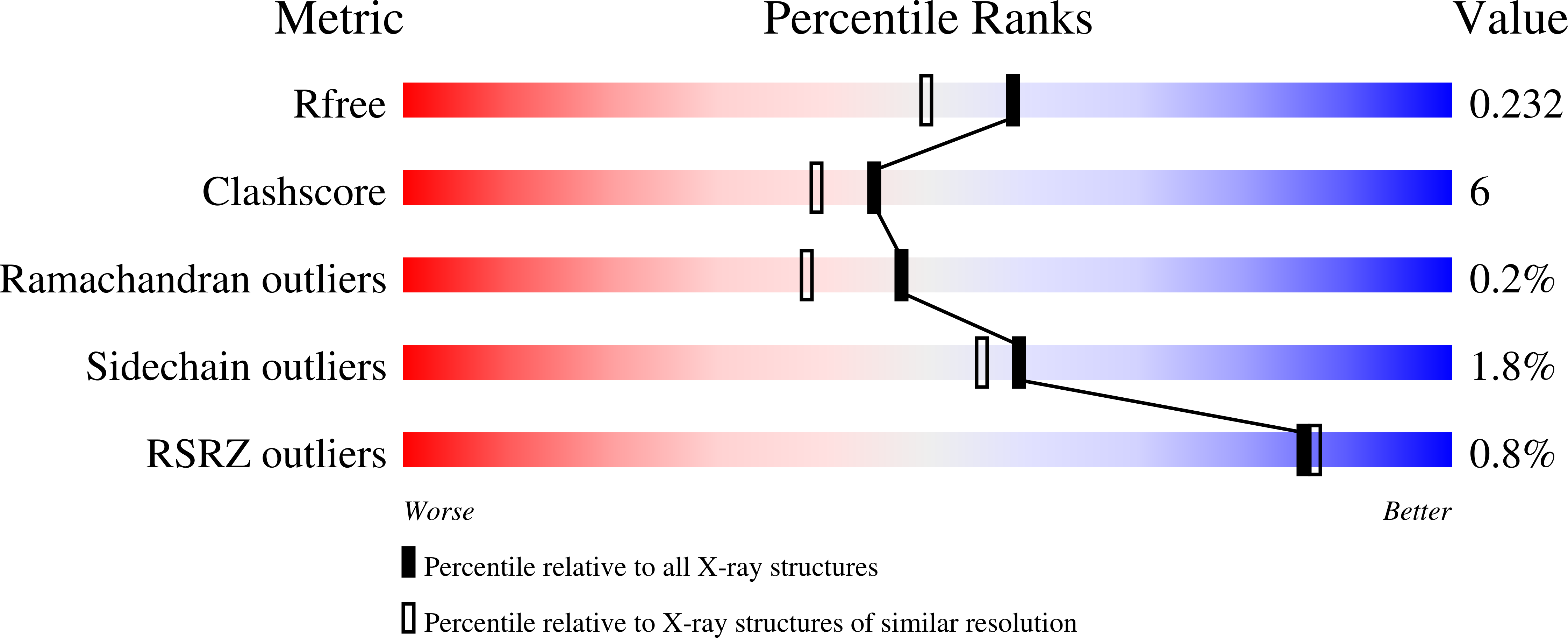
Deposition Date
2007-02-26
Release Date
2007-05-22
Last Version Date
2023-08-30
Method Details:
Experimental Method:
Resolution:
1.90 Å
R-Value Free:
0.22
R-Value Work:
0.18
R-Value Observed:
0.18
Space Group:
P 21 21 21


